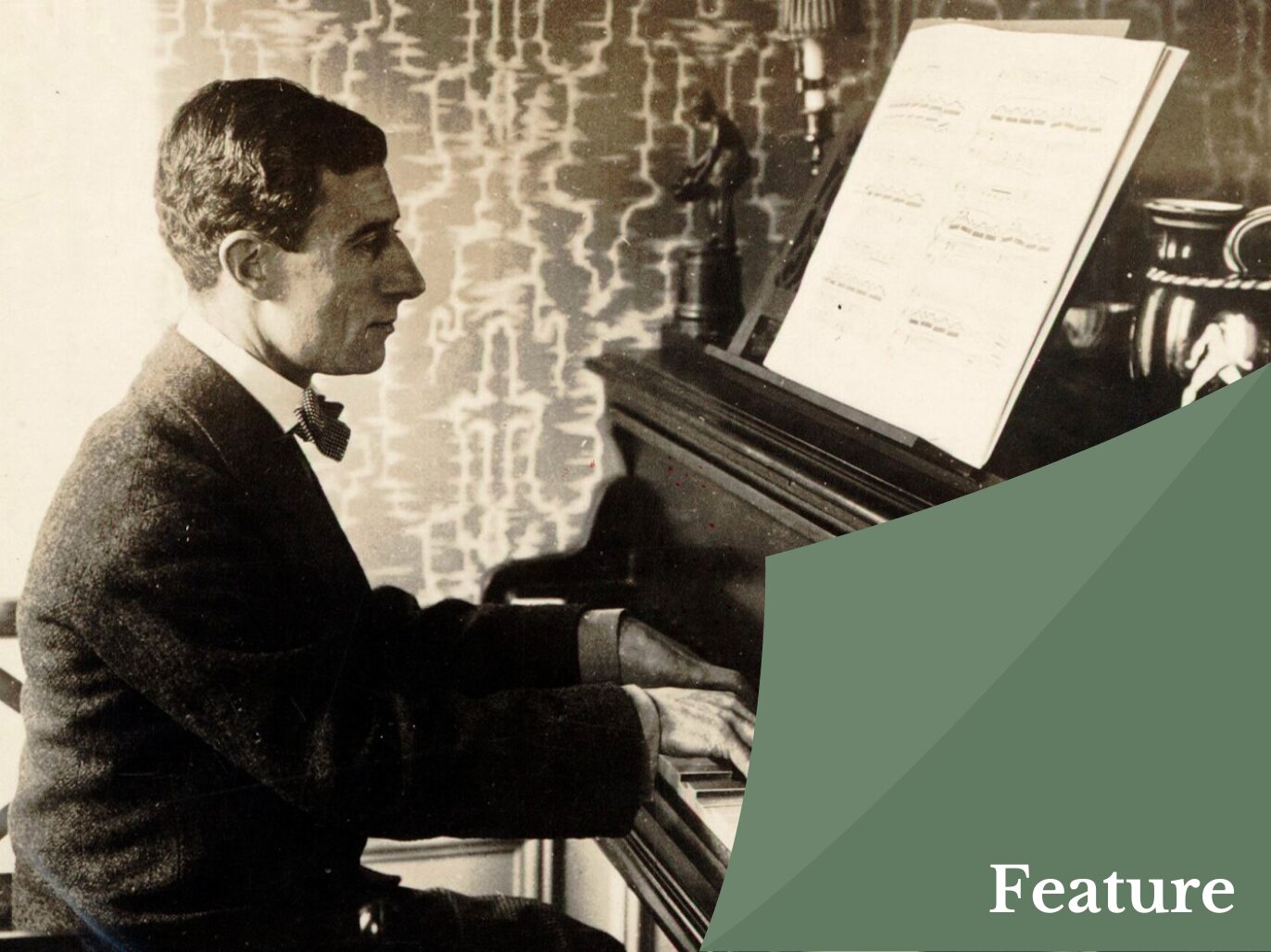An aesthetic of the challenge
While Ravel is renowned for his rigour and meticulousness in the composition process, he is also known for having enjoyed setting himself challenges. Far from restricting his inventiveness, constraints inspired him and pushed him to explore new musical paths: in his famous Bolero (1928), for example, he forced himself to maintain a stubbornly constant rhythm from beginning to end, without any modulation or melodic variation. Indeed—and this is only apparently paradoxical—constraint does not imprison, it liberates.
The philosopher Vladimir Jankélévitch, who devoted an entire book to Ravel, was one of the first to grasp the importance of constraints for the composer. He even went so far as to speak of an aesthetic of the challenge—a term that suggests a remarkable feat accomplished thanks to unshakeable willpower. And certainly, Ravel not only had the audacity necessary to face the obstacle, but also the perseverance and the love of effort required to overcome it.
According to Jankélévitch, Ravel believed that beauty lay in difficulty; that is why he strove to create exceptional, sometimes unrewarding, often disconcerting conditions. He created artificial obstacles, invented pointless prohibitions, imagined arbitrary imperatives. Jankélévitch liked to compare musicians to poets: just as the poet forces himself to speak in verse, the musician sets himself rules for writing a fugue, because constraint is above all a game for both. Each of Ravel’s works is thus a gamble, a challenge in which the creator seems to take pleasure in complicating his life. For example, as if to fully test his abilities as an artist, he voluntarily impoverished his language.

